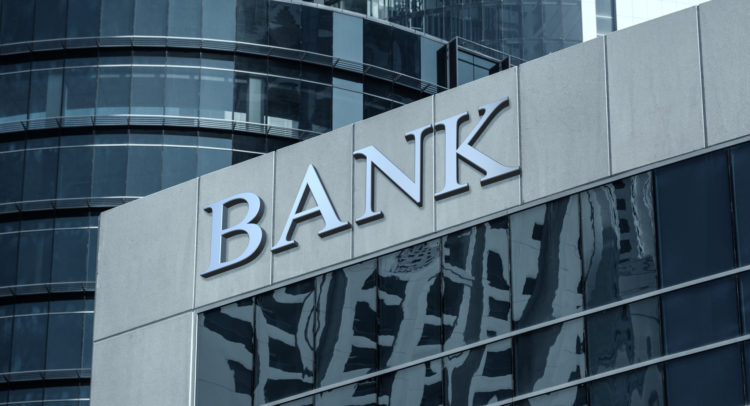Skandinaviska Enskilda Banken AB Class C (($SE:SEB.C)) has held its Q3 earnings call. Read on for the main highlights of the call.
Meet Your ETF AI Analyst
- Discover how TipRanks' ETF AI Analyst can help you make smarter investment decisions
- Explore ETFs TipRanks' users love and see what insights the ETF AI Analyst reveals about the ones you follow.
Skandinaviska Enskilda Banken AB Class C’s recent earnings call presented a balanced view of the company’s current standing. While SEB showcased strong customer satisfaction and resilience in investment banking, it also faced challenges such as seasonal declines in operating income and pressures on net interest income. The bank’s commitment to AI and innovation was highlighted, but increased levies posed additional hurdles. Overall, the call reflected a mix of optimism and caution as SEB navigates both opportunities and challenges.
Customer Satisfaction and Share Buyback Program
SEB reported strong customer satisfaction and employee engagement, which continue to show relative strength. The Board has decided to maintain the SEK 2.5 billion share buyback program per quarter, signaling confidence in the bank’s financial health and commitment to returning value to shareholders.
Resilience in Investment Banking and Capital Markets
Investment banking activity at SEB demonstrated resilience, with an uptick in capital markets activity during the latter half of the quarter. This resilience indicates the bank’s ability to adapt and thrive in fluctuating market conditions.
AI and Innovation Initiatives
SEB is making significant strides in AI and innovation, having launched over 130 internal AI projects and invested in compute capabilities. The creation of SEB Growth, a new business unit, aims to support fast-growing companies in the AI sector, showcasing the bank’s forward-thinking approach.
Lending Growth
The bank’s corporate lending increased by 4% year-on-year FX adjusted, and the total lending portfolio grew by 3% FX adjusted. This growth underscores SEB’s strong lending capabilities and its ability to expand its portfolio despite challenging economic conditions.
CET1 Ratio and Capital Position
SEB ended the quarter with a CET1 ratio of 18.2%, with the management buffer increasing to 360 basis points. This strong capital position provides a solid foundation for future growth and stability.
Robust Baltic Loan Growth
Loan growth in the Baltics remained robust, with mortgage growth around 9% and corporate loan growth at approximately 8% compared to the previous year. This growth highlights the bank’s successful operations in the Baltic region.
Decline in Operating Income
Operating income for the third quarter declined from the previous quarter due to typical seasonal patterns and lower net fee and commission income. This decline presents a challenge that the bank needs to address moving forward.
Net Interest Income Pressures
Despite a slight increase in net interest income, SEB faces ongoing pressure on deposit margins due to downward trending interest rates. This pressure is expected to continue, impacting the bank’s profitability.
Challenges in Mortgage Lending
In the Swedish mortgage market, SEB’s Q3 volumes grew less than the market, with a net sales market share of around 13%, in line with the stock. This performance indicates challenges in capturing market share.
Seasonal Decline in Fees and Commissions
Total fees and commissions declined by approximately SEK 400 million compared to the previous quarter, attributed to seasonal patterns in capital markets and corporate card activities.
Higher Imposed Levies
The full-year guidance for imposed levies increased to SEK 3.6 billion, up from SEK 3.5 billion communicated in the second quarter, adding financial pressure on the bank.
Forward-Looking Guidance
SEB’s forward-looking guidance remains cautiously optimistic. The company reported solid financial results despite a seasonally slower quarter, with a return on equity of 14% and a CET1 ratio of 18.2%. The bank continues its SEK 2.5 billion share buyback program per quarter and has updated its full-year FX adjusted cost target to SEK 32.6 billion. SEB plans to focus on technology and AI investments while maintaining cost control and an external hiring pause for non-critical positions.
In conclusion, SEB’s earnings call highlighted a mix of positive developments and challenges. The bank’s strong customer satisfaction, resilience in investment banking, and commitment to innovation are promising. However, challenges such as seasonal declines in operating income and pressures on net interest income need to be addressed. Overall, SEB remains focused on leveraging its strengths while navigating the challenges ahead.
















